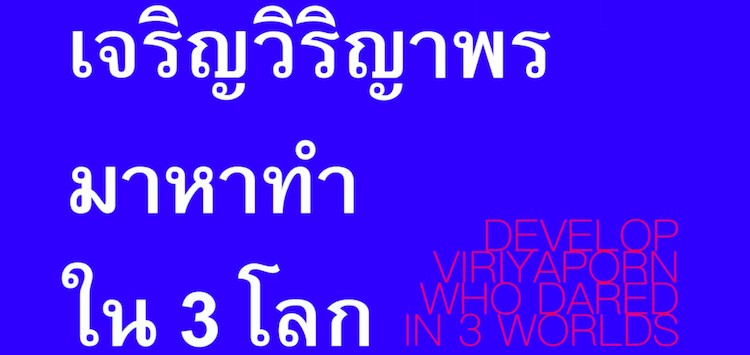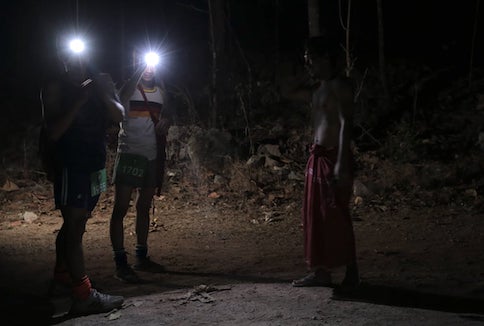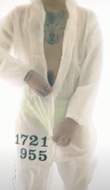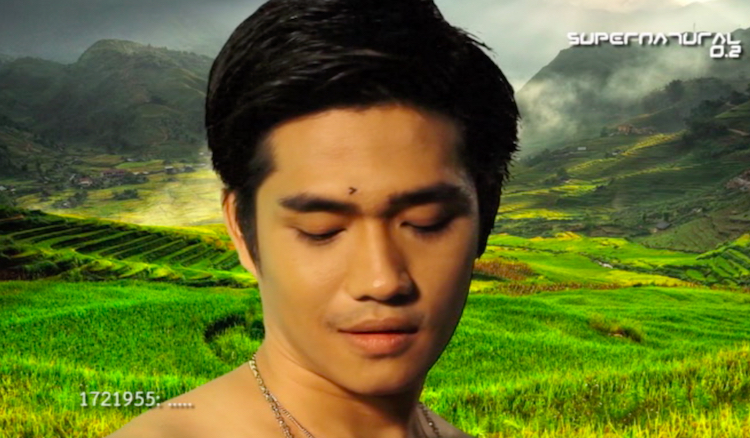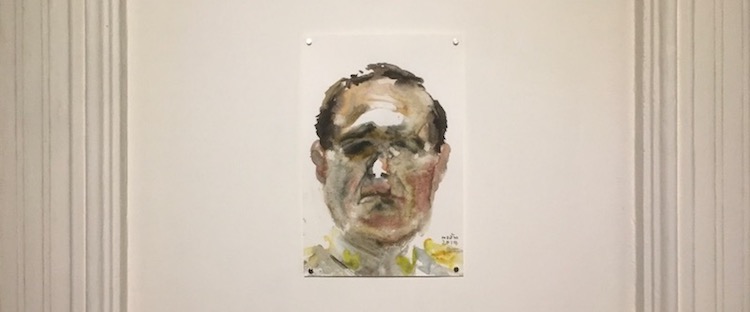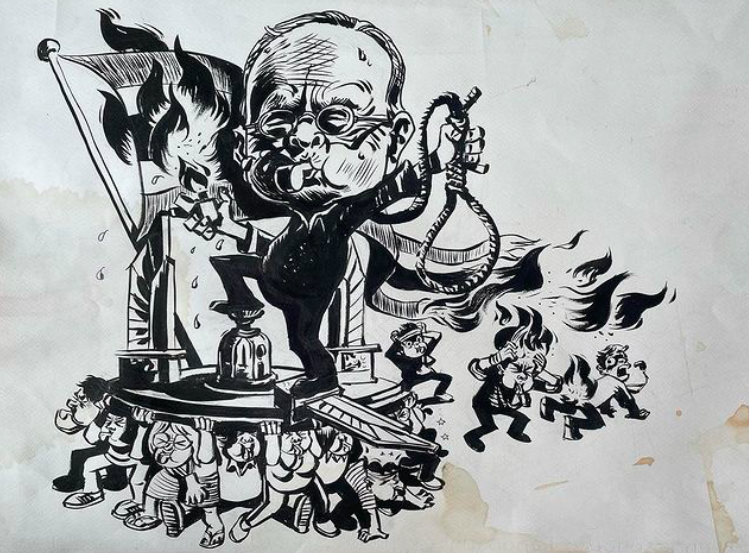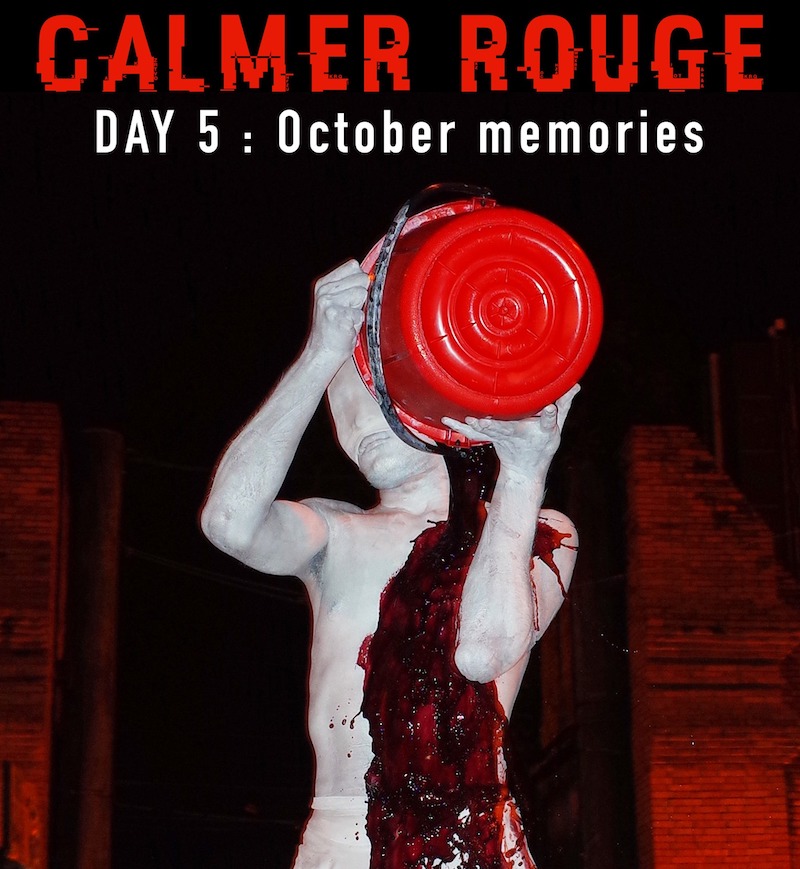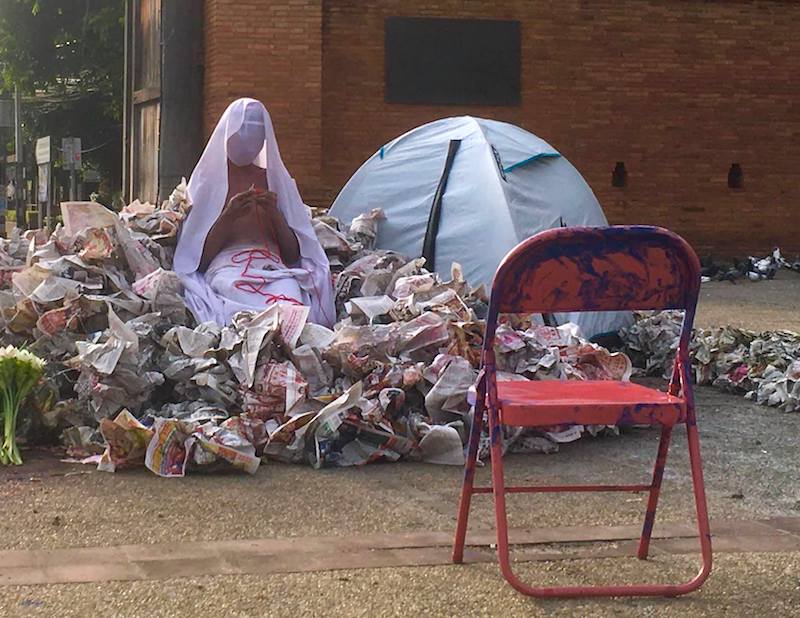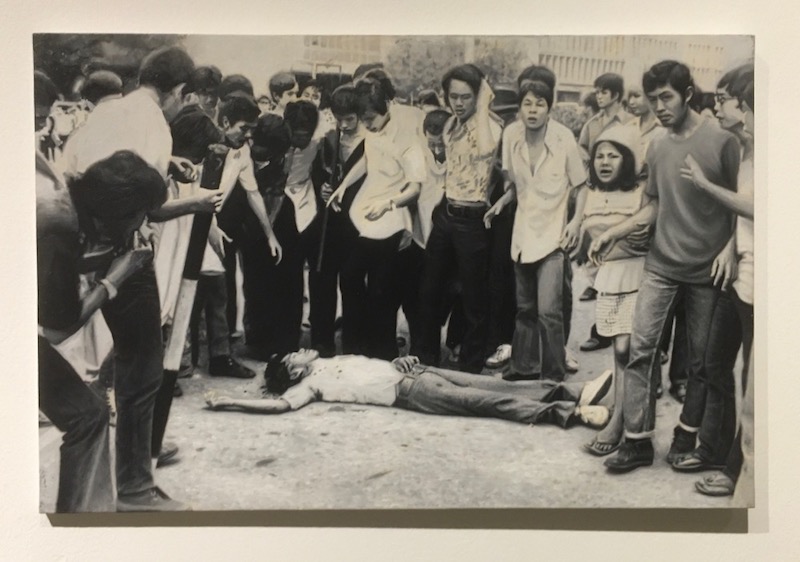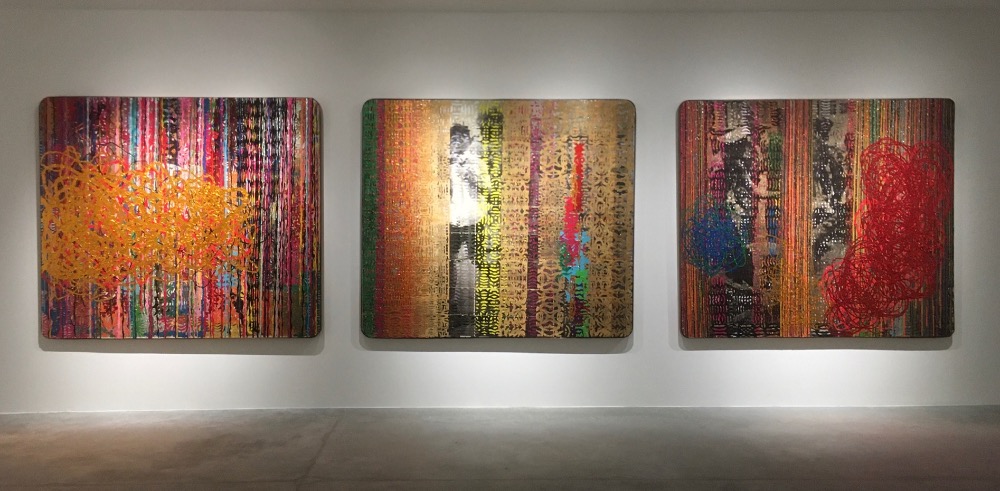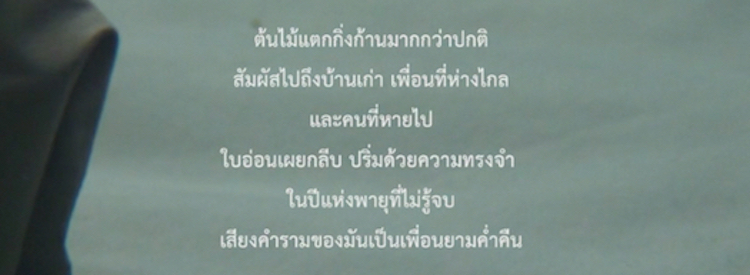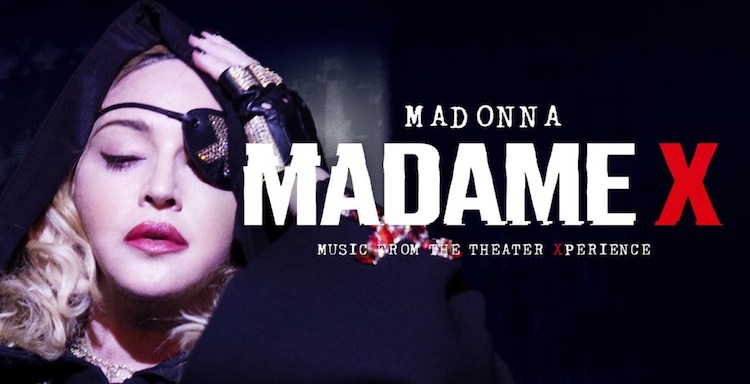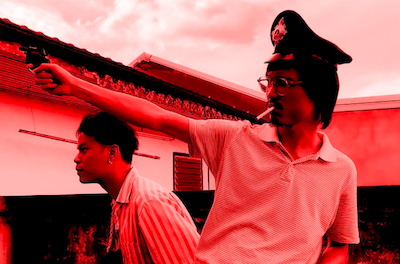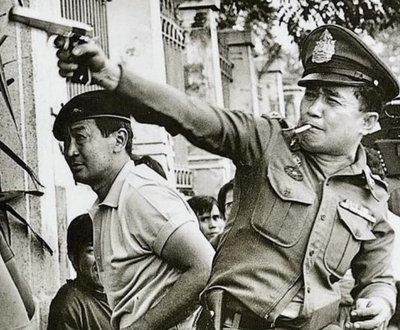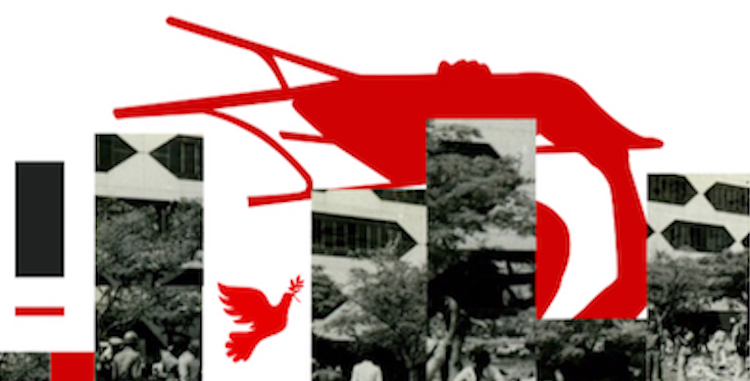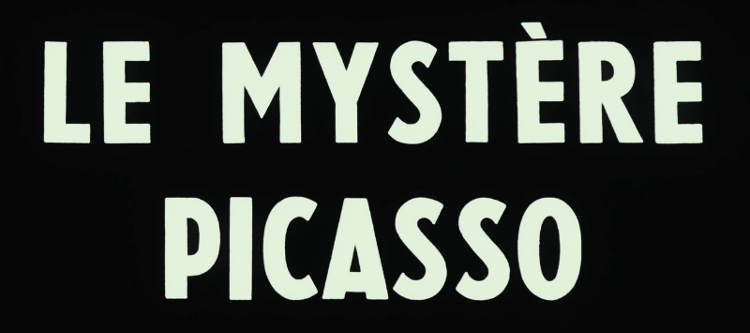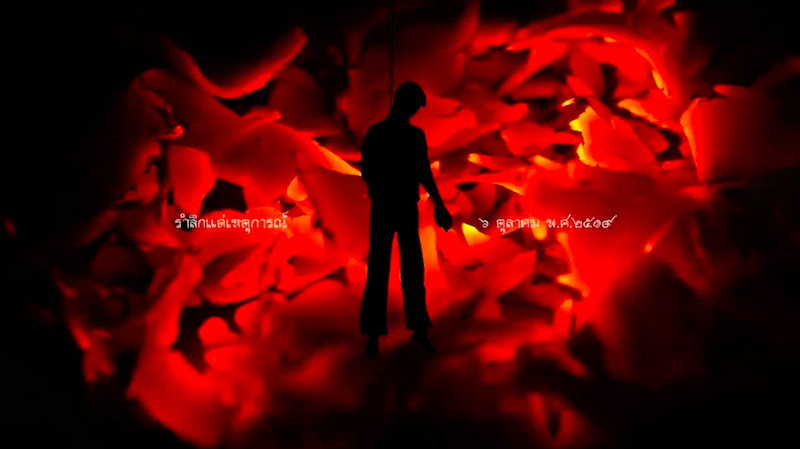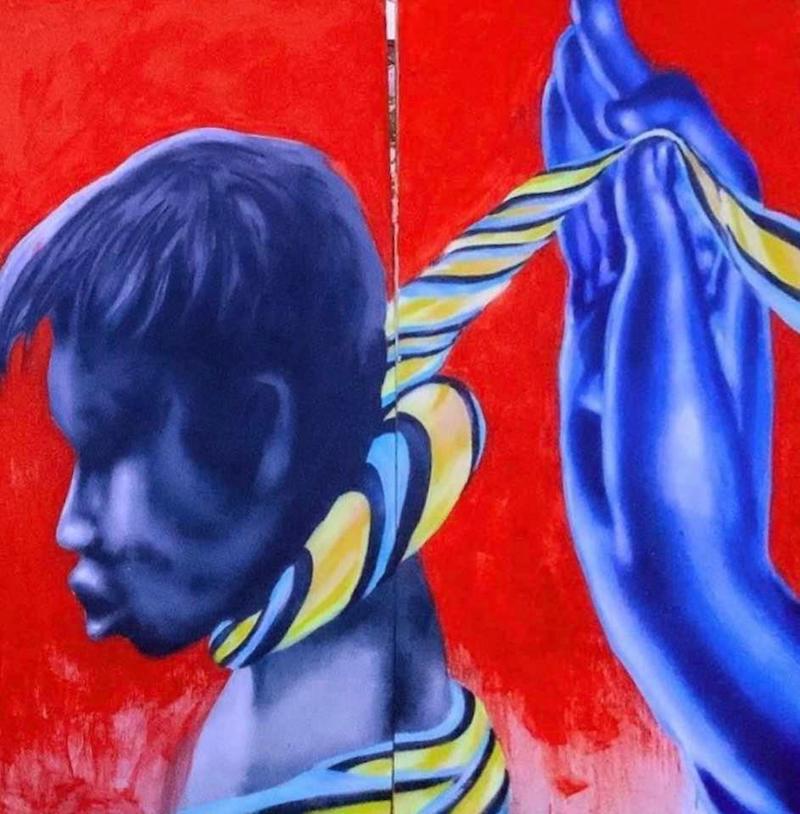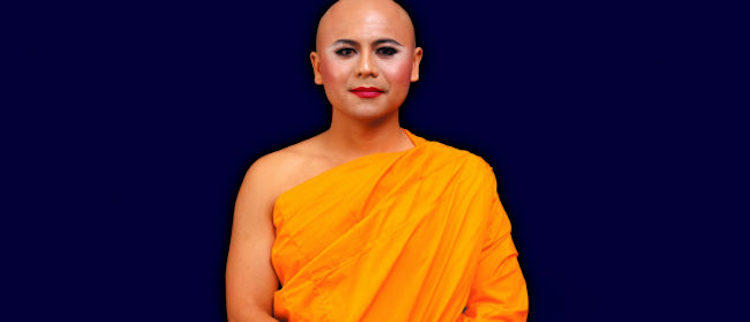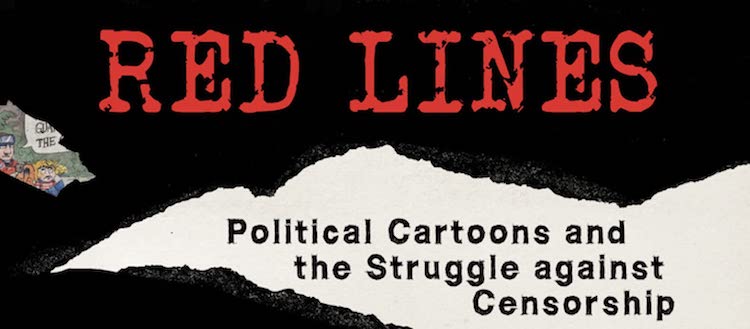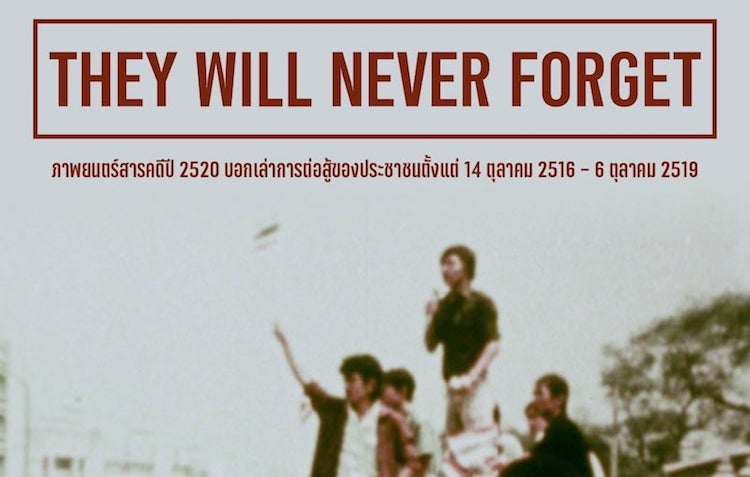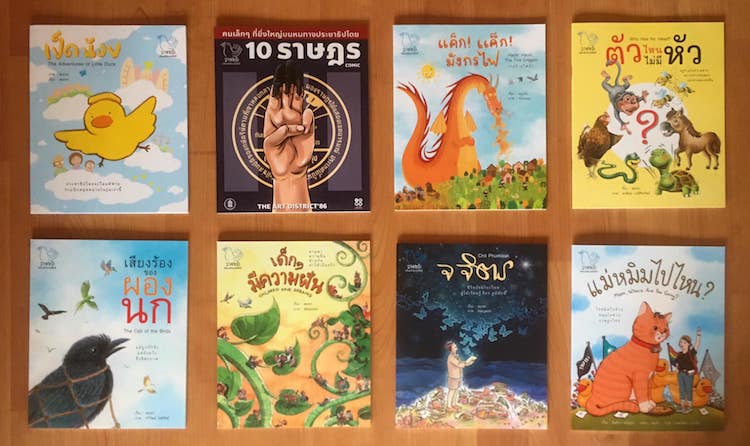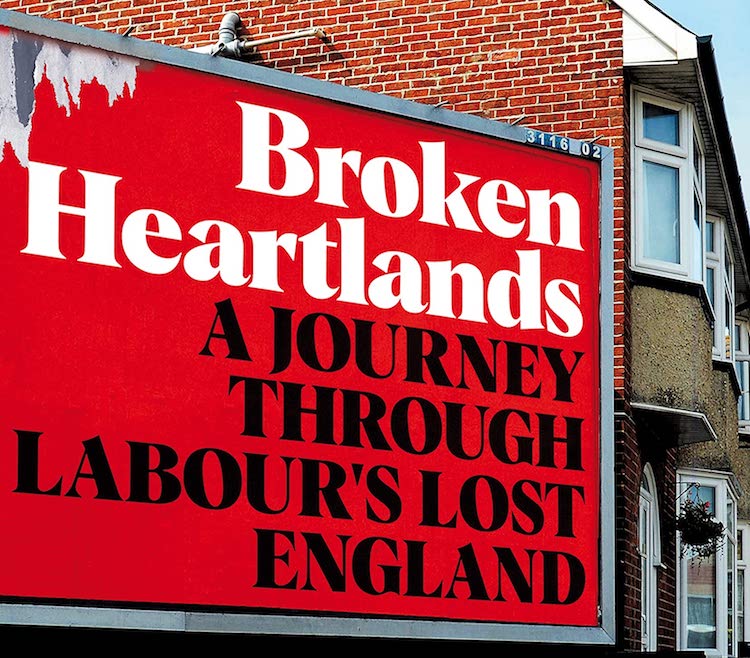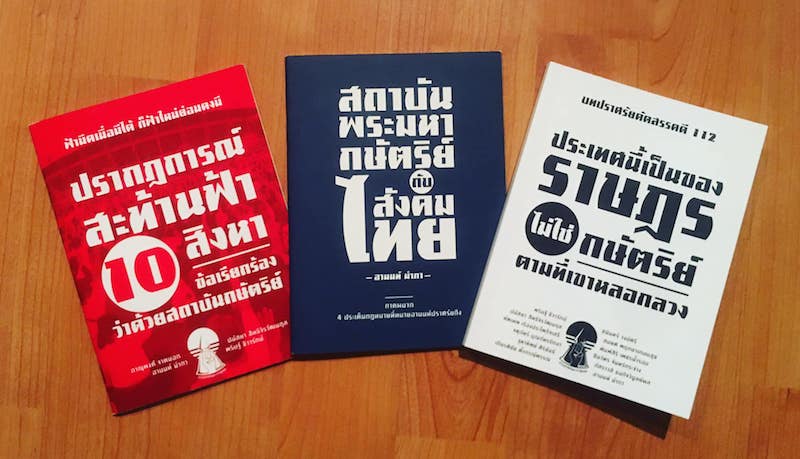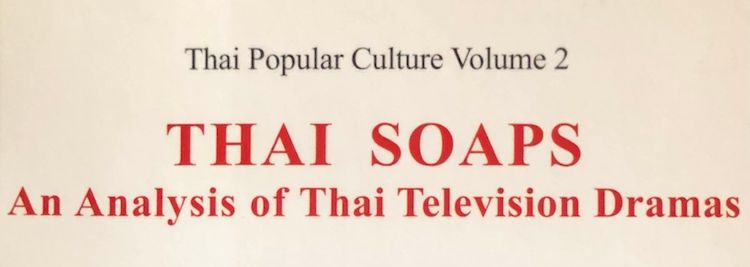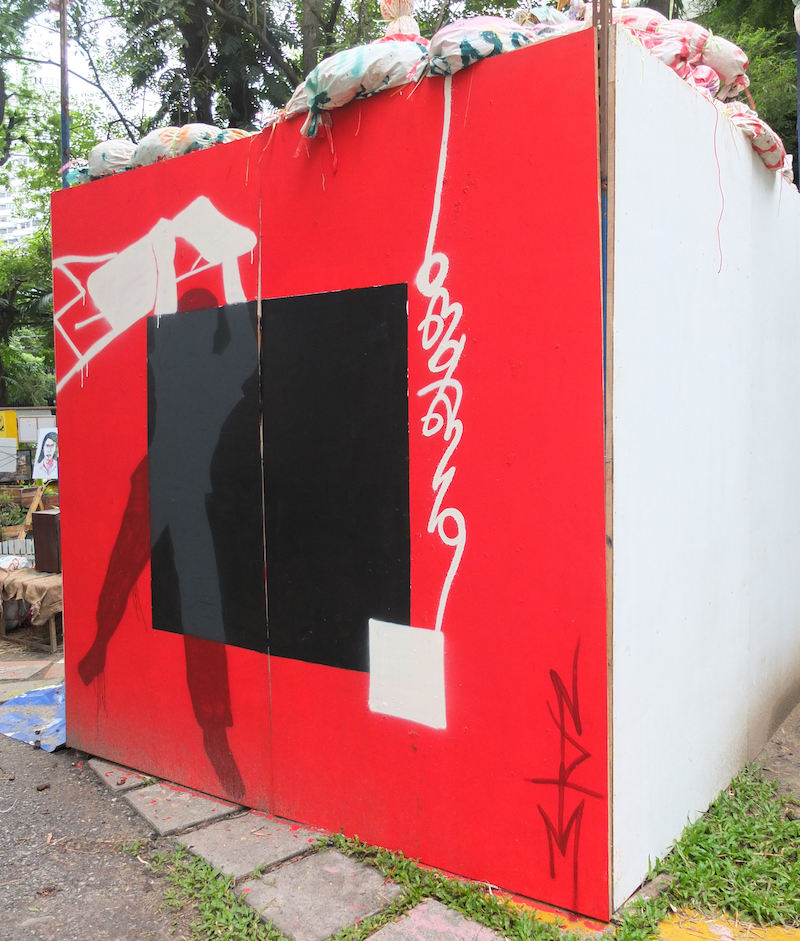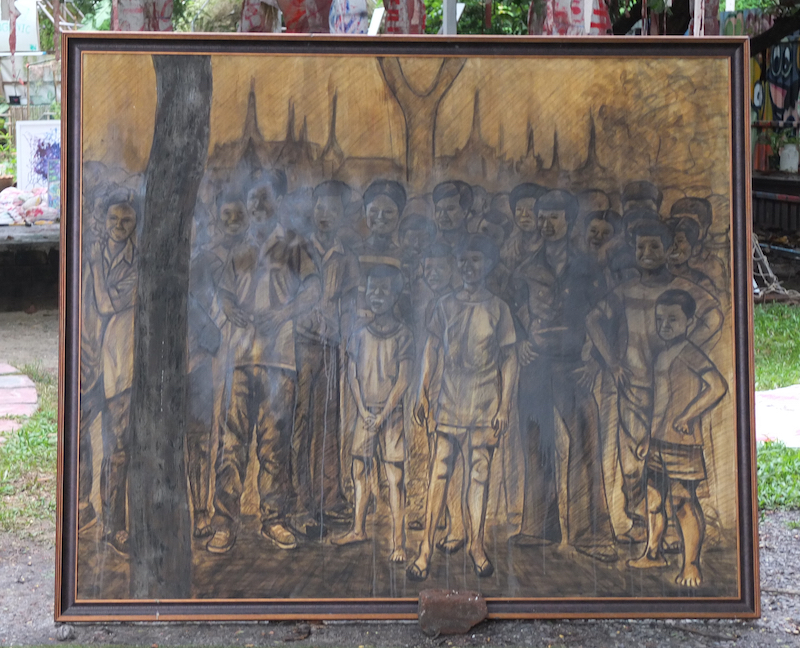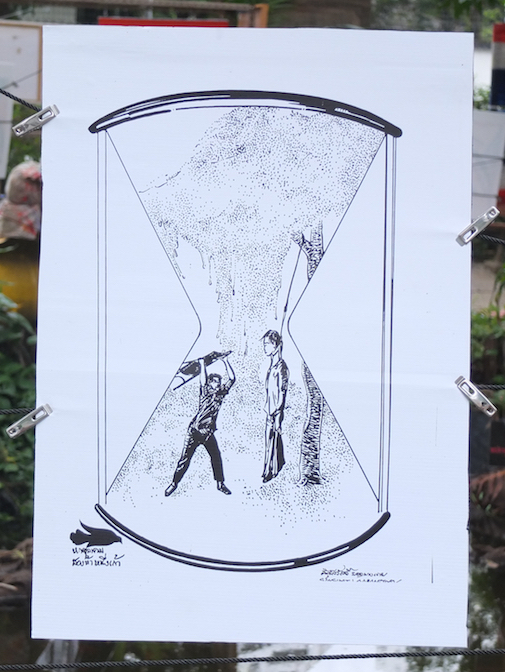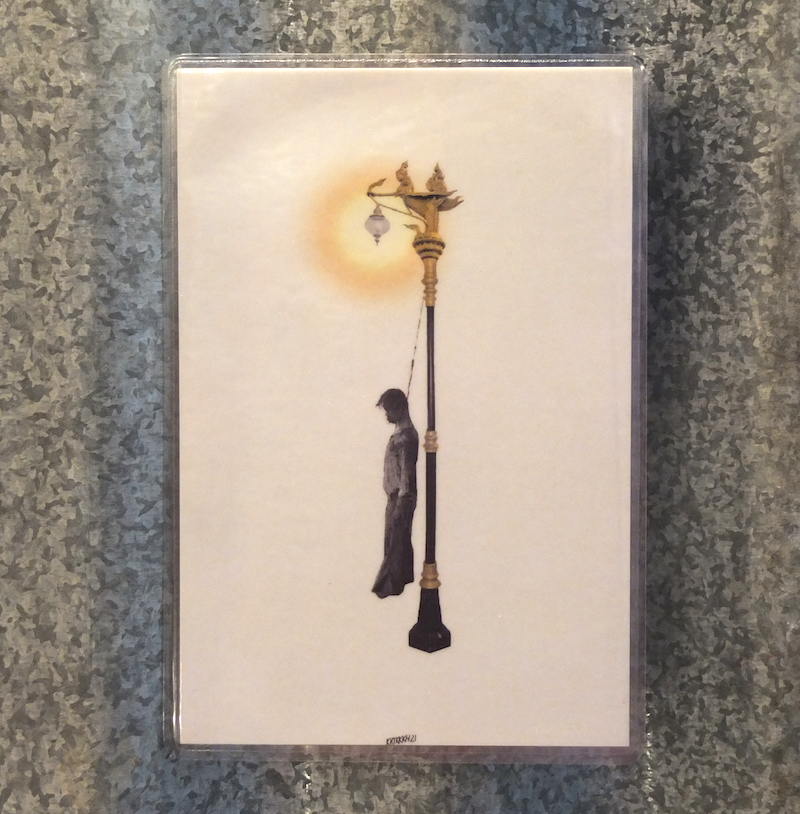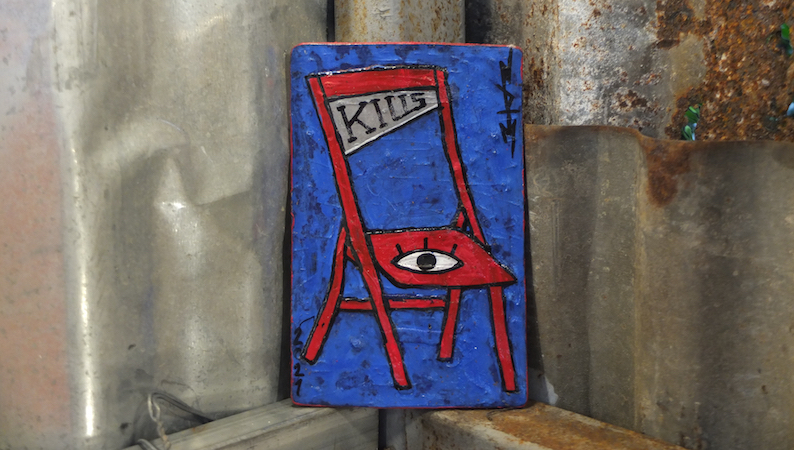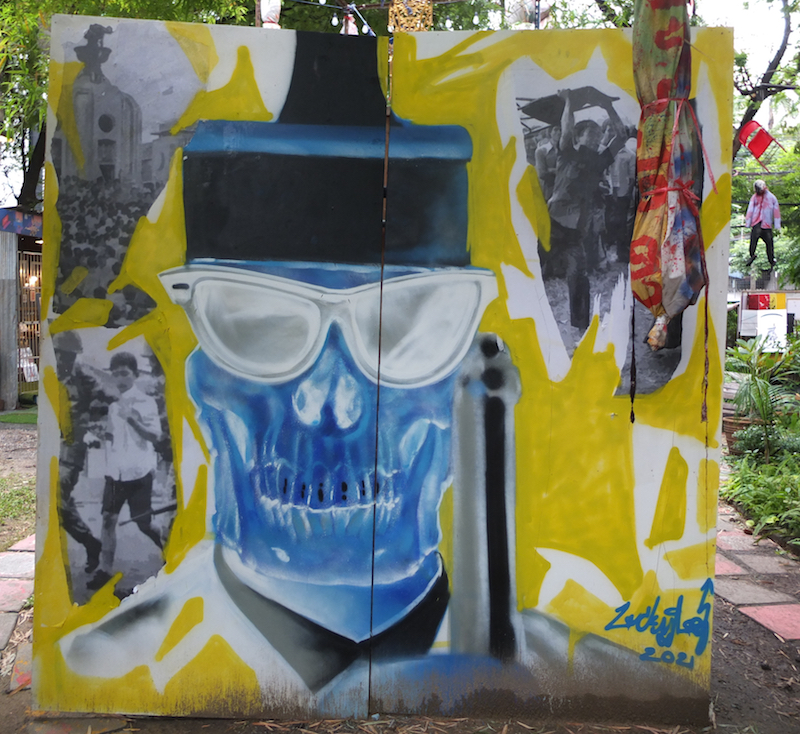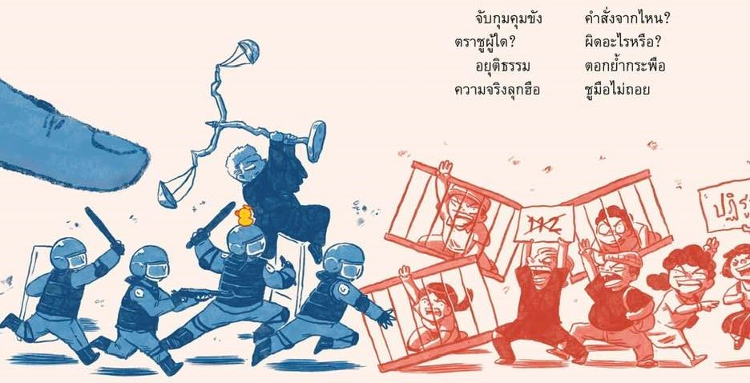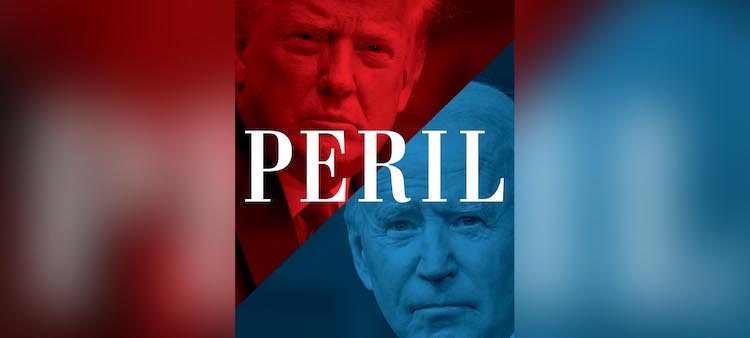
Peril, by Bob Woodward and Robert Costa, completes a trilogy of Woodward’s books on Donald Trump, following Fear and Rage. Peril examines Trump’s final year in office and the first few months of Joe Biden’s presidency, and its title is taken from Biden’s inaugural address, in which he described a “winter of peril.”
I Alone Can Fix It, by fellow Washington Post reporters Carol Leonnig and Philip Rucker, also covers the end of the Trump administration, and shares some of the same sources: William Barr and Mark Milley clearly spoke to the authors of both books. Milley confirmed as much to the Senate Armed Services Committee last month, though his description of the 6th January insurrection as a “Reichstag moment”—the standout quote from I Alone Can Fix It—is merely an hors-d’œuvre in Peril.
How to convey the madness of the Trump White House in its final months? Woodward and Costa opt for a cinematic comparison: “The scenes of a screaming Trump in the Oval Office resembled Full Metal Jacket,” and Trump reminded Barr of another Stanley Kubrick classic, “the character in the 1964 dark comedy Dr. Strangelove who ruminates about withholding his “essence” from women.”
Barr told Trump the unvarnished truth, that potential voters “think you’re a fucking asshole.” (Biden concurred, in a private White House conversation: “What a fucking asshole”.) Lyndsey Graham was equally blunt, telling Trump: “You fucked your presidency up.” After his election defeat, Trump ignored all such dissenting voices, and embraced Rudy Giuliani’s wild conspiracy theories, clinging desperately to data that Giuliani literally made up out of thin air.
One of Peril’s most extraordinary chapters reveals, for the first time, an Oval Office meeting between Trump and Mike Pence on the evening before the insurrection. This was Trump’s last-ditch attempt to convince Pence to decertify the election results. Trump offers Pence a Faustian pact: “wouldn’t it almost be cool to have that power?” When that fails, he turns into a petulent child: “I don’t want to be your friend anymore if you don’t do this.”
Peril includes equally dramatic material on the Biden administration, revealing an intelligence briefing that warned Biden of the disastrous consequences of a sudden withdrawal of troops from Afghanistan. Woodward and Costa summarise the briefing, which now seems remarkably prescient: “The capital, Kabul, and other cities ultimately fall and the Taliban take over, amounting to a collapse of the Afghan state in months to years.” As they demonstrate, “Biden was abandoning Afghanistan to civil war and potential collapse,” contradicting Biden’s claim that he had not received such warnings.
The book also quotes extensively from a phone call between Biden and Vladimir Putin. Rather than the usual diplomatic readout, we see how direct Putin can be when he tells Biden: “I’m upset you called me a killer”. In a later call, Biden warns Putin that Russia is vulnerable to US cyber espionage: “great countries have great responsibilities. They also have great vulnerabilities.” (Trump’s views on Putin are not mentioned in Peril, though he is quoted referring to Angela Merkel, with his usual charm, as a “bitch kraut”.)
Peril is the fifteenth Trump book reviewed here. The others are: Fear, Rage, I Alone Can Fix It, A Very Stable Genius, Fire and Fury, Inside Trump’s White House, The United States of Trump, Trump’s Enemies, The Trump White House, Too Much and Never Enough, The Room Where It Happened, Team of Five, American Carnage, and The Cost.
I Alone Can Fix It, by fellow Washington Post reporters Carol Leonnig and Philip Rucker, also covers the end of the Trump administration, and shares some of the same sources: William Barr and Mark Milley clearly spoke to the authors of both books. Milley confirmed as much to the Senate Armed Services Committee last month, though his description of the 6th January insurrection as a “Reichstag moment”—the standout quote from I Alone Can Fix It—is merely an hors-d’œuvre in Peril.
How to convey the madness of the Trump White House in its final months? Woodward and Costa opt for a cinematic comparison: “The scenes of a screaming Trump in the Oval Office resembled Full Metal Jacket,” and Trump reminded Barr of another Stanley Kubrick classic, “the character in the 1964 dark comedy Dr. Strangelove who ruminates about withholding his “essence” from women.”
Barr told Trump the unvarnished truth, that potential voters “think you’re a fucking asshole.” (Biden concurred, in a private White House conversation: “What a fucking asshole”.) Lyndsey Graham was equally blunt, telling Trump: “You fucked your presidency up.” After his election defeat, Trump ignored all such dissenting voices, and embraced Rudy Giuliani’s wild conspiracy theories, clinging desperately to data that Giuliani literally made up out of thin air.
One of Peril’s most extraordinary chapters reveals, for the first time, an Oval Office meeting between Trump and Mike Pence on the evening before the insurrection. This was Trump’s last-ditch attempt to convince Pence to decertify the election results. Trump offers Pence a Faustian pact: “wouldn’t it almost be cool to have that power?” When that fails, he turns into a petulent child: “I don’t want to be your friend anymore if you don’t do this.”
Peril includes equally dramatic material on the Biden administration, revealing an intelligence briefing that warned Biden of the disastrous consequences of a sudden withdrawal of troops from Afghanistan. Woodward and Costa summarise the briefing, which now seems remarkably prescient: “The capital, Kabul, and other cities ultimately fall and the Taliban take over, amounting to a collapse of the Afghan state in months to years.” As they demonstrate, “Biden was abandoning Afghanistan to civil war and potential collapse,” contradicting Biden’s claim that he had not received such warnings.
The book also quotes extensively from a phone call between Biden and Vladimir Putin. Rather than the usual diplomatic readout, we see how direct Putin can be when he tells Biden: “I’m upset you called me a killer”. In a later call, Biden warns Putin that Russia is vulnerable to US cyber espionage: “great countries have great responsibilities. They also have great vulnerabilities.” (Trump’s views on Putin are not mentioned in Peril, though he is quoted referring to Angela Merkel, with his usual charm, as a “bitch kraut”.)
Peril is the fifteenth Trump book reviewed here. The others are: Fear, Rage, I Alone Can Fix It, A Very Stable Genius, Fire and Fury, Inside Trump’s White House, The United States of Trump, Trump’s Enemies, The Trump White House, Too Much and Never Enough, The Room Where It Happened, Team of Five, American Carnage, and The Cost.

